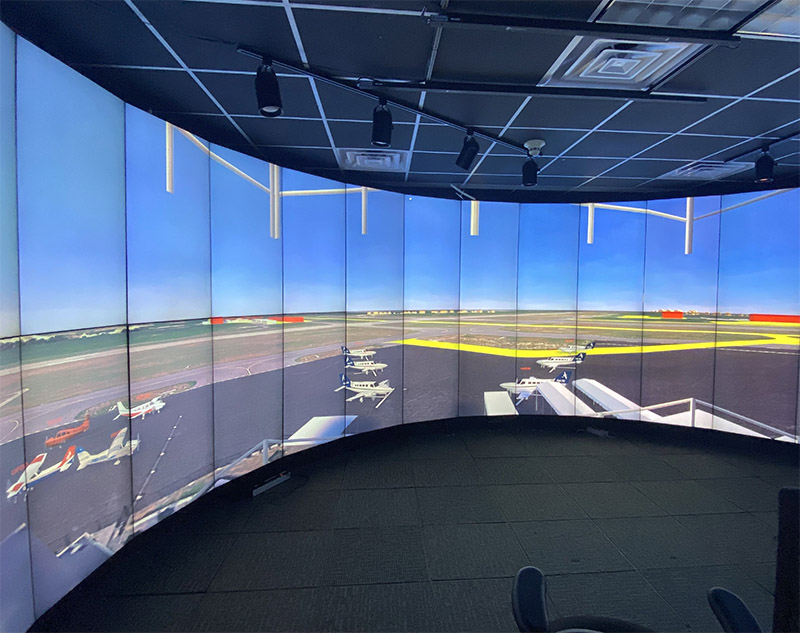What We do
Modeling & Simulation (M&S)
M&S enables organizations to visualize results of complex systems without actually building or testing the systems in the real world. M&S not only improves the quality of the system design early, but also reduces the cost and time of development.
Through M&S, SST helps our customers maximize human performance, increase operational effectiveness and efficiencies, and improve safety.
Get In Touch

Areas of Expertise
SST designs and develops M&S software systems to create virtual environments for operational training and concept verification. Our M&S engineers are experts in all types of simulation-based technology including 3D modeling, mathematical modeling, virtual reality, and human-in-the-loop simulation.
Mathematical Modeling
Our Mathematical Modeling experts use the latest software techniques and mathematical concepts to create mathematical models to solve real world problems. A mathematical model can be used to provide insights of a system and to make predictions about its behavior. The use of such mathematical models and simulations avoids testing the actual system in the real world, which can be costly and time-consuming.
Case Study
Using Mathematical Modeling to Identify the Impact of Proposed Structure on Nearby Instrument Landing System
Human In the Loop (HITL) Simulation
HITL simulation is a type of interactive simulation that requires humans to operate the system under development. HITL simulations allow for the identification of system shortfalls which may not be apparent before testing in a real-world setting. HITL simulation is one of the main tools used for human factors.
SST performs all phases of HITL simulation, from planning, development and shakedown to data collection, processing, and analysis using operational personnel. During HITL studies and other operational evaluations, we conduct operator assessments, as well as construct evaluations such as situational awareness (SA) and workload. SST employs these interactive simulations to quantify both motor and cognitive skills using recognized methods and metrics, including survey methodologies, and physiological measures such as electroencephalography (EEG), heart rate variability (HRV), and eye tracking. We also develop novel performance, SA, and workload measurement techniques, and tailor existing techniques to meet the needs of our customers and their specific testing and evaluation requirements.
Virtual Reality (VR) Simulation
Virtual Reality simulation creates a computer simulated environment to allow users to interact with a virtual world. The virtual world can be delivered on a conventional desktop display, 360-degree wrap around screens, or a head-mounted 3D VR headset or helmet to allow real people to interact with simulated systems to recreate the experience and to produce a sense of immersion for the user. VR simulation is often used for training such as learning how to fly an airplane or to perform heart surgery, or for validating operational concepts.

